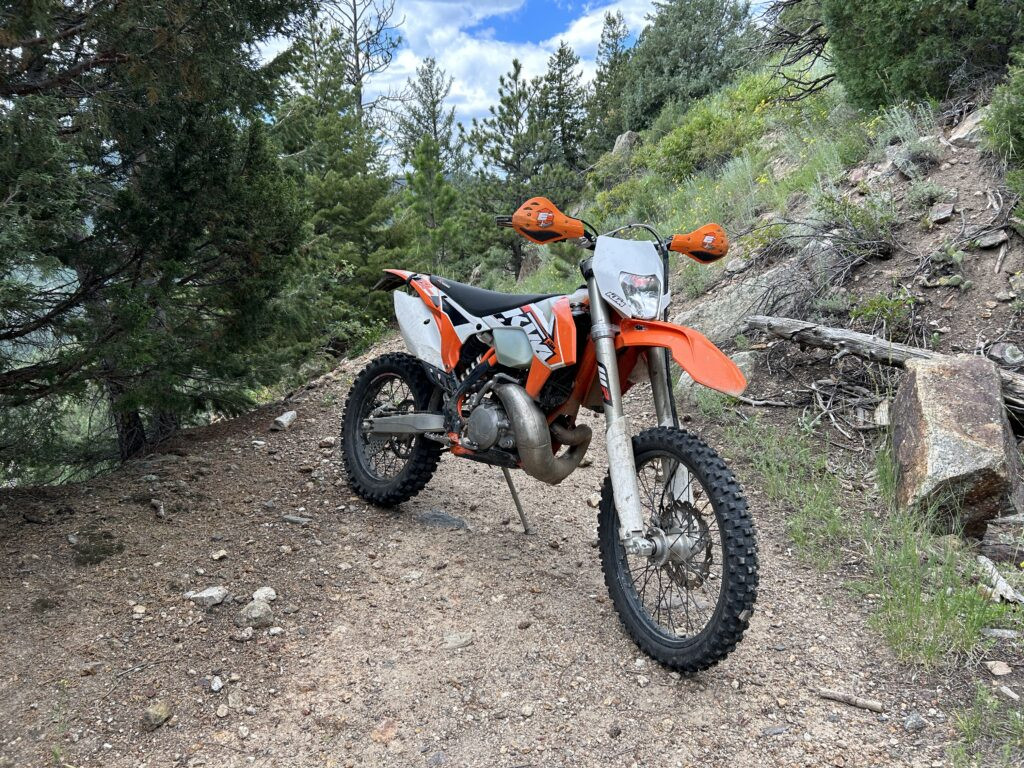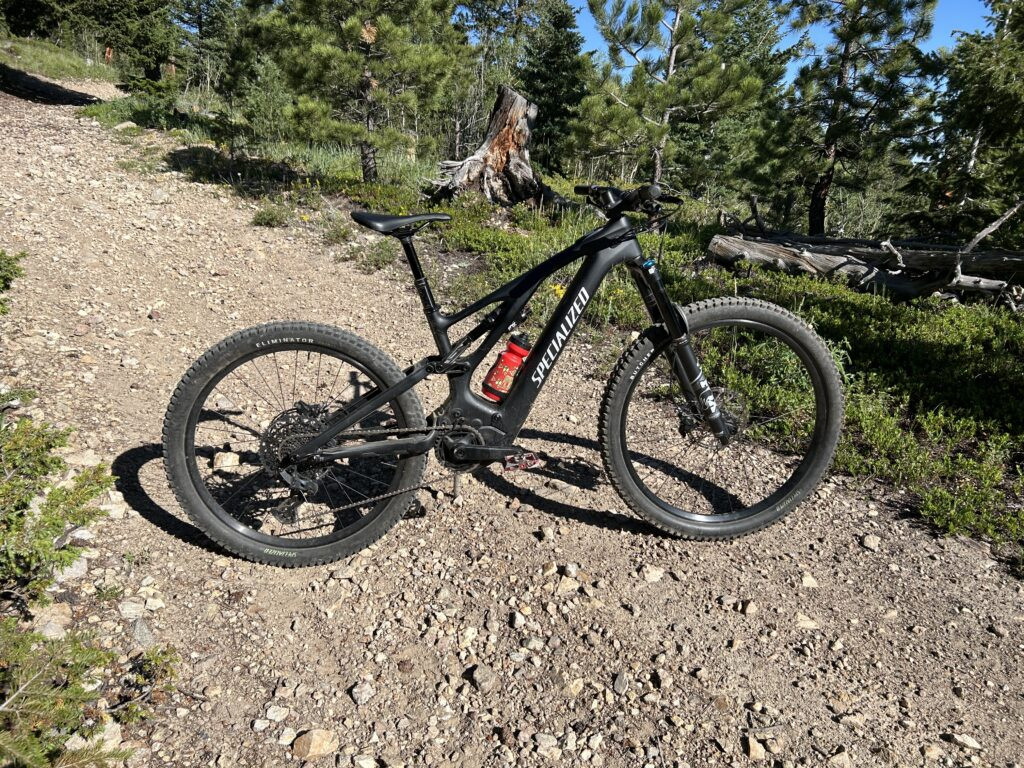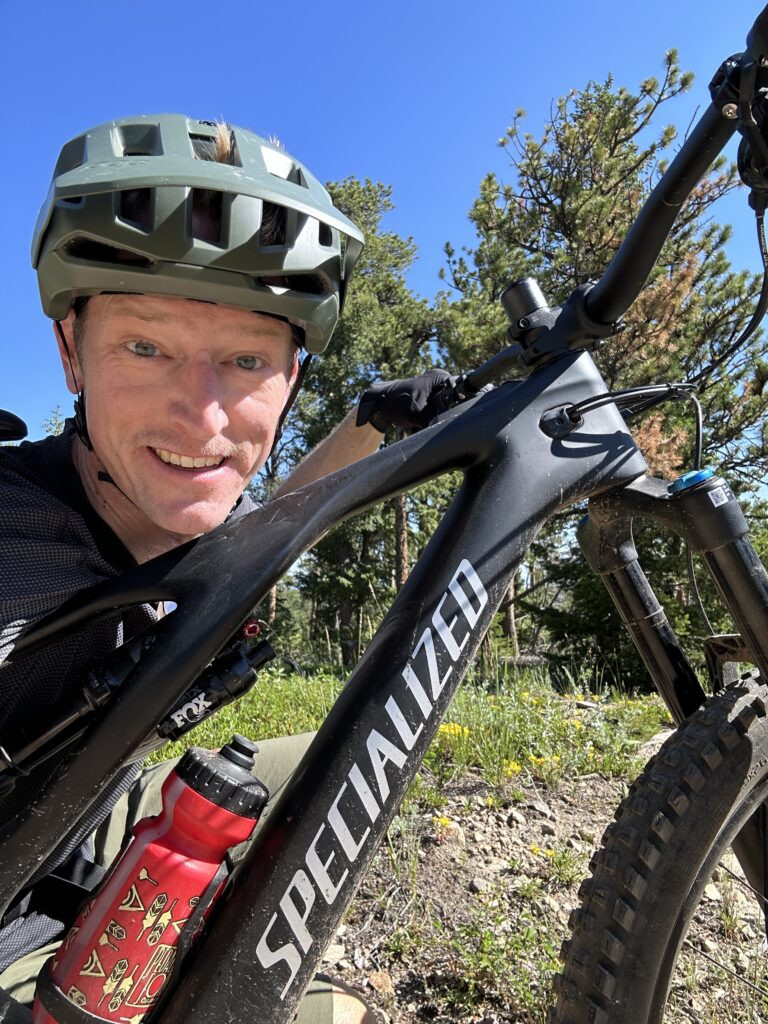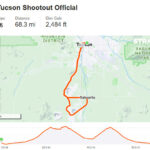The term “horsepower” evokes images of a bygone era, a seemingly outdated metric in our modern world of electric vehicles and advanced technology. Yet, it’s a unit deeply ingrained in our understanding of power, originally conceived to compare steam engines to the might of draft horses. One horsepower, a quaint unit from the Industrial Revolution, is equivalent to 745.7 watts.
This historical tidbit is crucial when addressing the dismissive remark often thrown at e-mountain bike (e-MTB) riders: “That’s just a dirt bike.” This statement reveals a fundamental misunderstanding. E-bikes and dirt bikes, while both designed for off-road adventures, are fundamentally different machines, so much so that they aren’t even measured by the same power metrics in common usage.
Instead of dismissing this uninformed jab, let’s tackle it head-on. As someone with four years of dirt biking experience and even longer in the saddle of various bicycles, I feel uniquely qualified to offer a real-world comparison between off-road motorcycles and e-bikes on the trails.
To provide a practical comparison, I designed a test loop on trails suitable for both dirt bikes and e-bikes. The premise was simple: race against myself and the clock to see how these two very different machines stack up. The results, as you’ll see, were quite revealing.
E-Bike vs. Dirt Bike: A Numbers Game
It almost feels absurd to dedicate time to this comparison, highlighting the obvious differences between e-MTBs and dirt bikes. However, before diving into the actual riding experience, let’s lay out the stark contrasts in their specifications. The raw data alone speaks volumes.
| Feature | 2015 KTM 250 XCW (Dirt Bike) | Specialized Turbo Levo Comp Carbon (E-Bike) |
|---|---|---|
| Approx. Motor Output | 50 horsepower | 565 watts (0.75 horsepower) |
| Top Motorized Speed | 70mph | 20mph |
| Suspension Travel | 292mm front, 317mm rear | 150mm front & rear |
| Wheelbase | 1495mm | 1225mm |
| Approx. Weight | 250lbs | 50lbs |
| Approx Price | $6,000 used | $6750 new |
The table clearly illustrates the vast performance gap. Dirt bikes are bigger, faster, heavier, and significantly more powerful. It’s hardly surprising that a modern dirt bike outclasses an e-MTB in these metrics. But numbers don’t tell the whole story, especially when it comes to the nuances of off-road riding.
The Head-to-Head Trail Test
To move beyond specifications and into real-world performance, I created a six-mile test loop with approximately 1,200 feet of elevation gain. This course was designed to challenge the battery of the e-bike and provide a diverse range of terrain. The trails included everything from flowing, winding singletrack to steep ascents and descents, and even a section of fire road.
My first run was on my KTM 250 XCW dirt bike. While I consider myself an experienced rider, my moto style leans towards intermediate. I wasn’t pushing for race pace, adhering to the mantra popularized by my friend Lucian’s stickers: “Try Not To Crash.” This philosophy guided my dirt bike lap – smooth, steady, and controlled.
 My KTM 250 dirt bike
My KTM 250 dirt bike
I did encounter a couple of hiccups on two particularly steep uphill sections, forcing me to backtrack and retry the climbs. These errors definitely cost me time. This highlighted a key difference between a 250-pound dirt bike and a significantly lighter e-bike. On an e-bike, dismounting and walking uphill is a viable option, whereas wrestling a heavy dirt bike uphill often feels like you’re being taken for a ride, rather than the other way around.
However, even as a ‘passenger’ on the dirt bike, you’re actively engaged. I’ll admit, those six miles left me winded. Riding a dirt bike on challenging trails demands bursts of intense physical exertion, constant balance adjustments, and unwavering concentration. Adding to the physical challenge is the heavy, heat-trapping riding gear, resulting in a considerable amount of sweat.
My friend, Lucian makes these stickers that say “Try Not To Crash,” and that encapsulates my riding style on a moto.
Two days later, I tackled the same loop on my Specialized Levo e-MTB. In contrast to the intermittent bursts of effort required on a dirt bike, riding an e-bike at a fast pace is a sustained, aerobic effort. It closely resembles cross-country mountain bike racing, but amplified with speed. While this type of exertion might not appeal to everyone, I find it exhilarating.
My riding style on a bicycle, whether electric or traditional, is far more aggressive than on a dirt bike. Years of cycling have made it feel like second nature; I feel more comfortable pushing my limits downhill on a bike. Reviewing my Strava data later, I noticed I actually gained a small amount of time on my dirt bike lap on the steepest, most technical descent, although not by as much as I initially anticipated.
 My Specialized Levo Comp Carbon
My Specialized Levo Comp Carbon
However, on fast, loose trails, the e-MTB felt considerably more lively and less planted than the heavier, more stable dirt bike with its large tires and plush suspension. The e-bike’s agility made it easier to change lines and navigate tight corners, but it also demanded constant vigilance to maintain control.
On the steepest uphill sections, I did have to dismount and walk the Levo briefly due to loose terrain that compromised traction. (A playful jab at dirt bikes for churning up the trails!). Initially, I assumed this would significantly slow me down, but it turned out to be a surprising “tortoise and hare” moment. Walking those short climbs was actually quicker than struggling and repeatedly attempting them on the dirt bike, allowing me to recover a 2:30 deficit in that section.
The e-bike’s advantage, however, was short-lived. On the open fire road section, the dirt bike’s superior power became immediately apparent. Unless you’re willing to push yourself to the limit without relying on pedal assist, a class 1 e-bike like the Levo is limited to a top speed of 20mph. At that speed, the dirt bike is barely tapping into its potential.
The Verdict: Lap Times Revealed
So, what were the final times? When I checked my stopwatch app, the results were genuinely surprising. I had expected the e-bike to be significantly slower, but it was only about 7% off the pace of the dirt bike.
Dirt Bike: 27 minutes, 28 seconds
E-MTB: 29 minutes, 42 seconds
It’s important to acknowledge that this wasn’t a rigorously scientific experiment. It’s a single data point, reflecting one rider’s experience on one specific trail. Critics might point out that I perhaps rode the dirt bike test with a more conservative approach, while pushing myself to the maximum on the e-bike. This is a fair assessment. However, crashing and injuring myself on the dirt bike wouldn’t have allowed me to write this comparison at all.
Furthermore, the Levo is a full-power e-bike, not a lightweight model. Riding a lighter e-bike, like the Levo SL, which has a less powerful motor with fewer Newton meters of torque and lower peak power, would undoubtedly have resulted in a slower lap time.
The smoother and straighter the trail, the more the dirt bike’s raw power translates into speed, which is no surprise. However, on tight, technical trails, the e-MTB proves surprisingly competitive. Ultimately, as always in off-road riding, rider skill is a critical factor and can significantly influence the outcome. Had I executed the steep climbs flawlessly on the dirt bike, I could have shaved minutes off my time.
Beyond Lap Times: Understanding the Nuances
The beauty of off-road riding lies in its dynamic and unpredictable nature. Repeating this test with different riders on different trails would undoubtedly yield a wide range of results. Nevertheless, my informal experiment reinforces a conclusion I’ve been forming since I started riding e-MTBs: they are incredibly efficient machines for covering ground and having an absolute blast on the trails.
 After the moto vs. e-bike ultimate showdown
After the moto vs. e-bike ultimate showdown
However, there are crucial nuances to consider. Current battery technology limits the range and speed combination achievable with e-bikes compared to dirt bikes. My KTM could likely cover 100 miles of trails on a full tank of gas. In contrast, my Levo consumed 23% of its battery in that six-mile, 30-minute lap.
Conversely, dirt bikes come with their own set of well-known drawbacks: noise pollution, potential trail damage, restricted access to certain areas, demanding maintenance, and mechanical complexity. Moreover, they can be intimidating for beginners. It took me time to become comfortable handling such a powerful motor. E-bikes, on the other hand, are as user-friendly as any standard bicycle. The barrier to entry is significantly lower. But, let’s be honest, there’s a certain undeniable coolness factor to cruising around on a dirt bike…
Ultimately, labeling an e-bike as “just a dirt bike” is a profound misunderstanding. Those who make this claim likely haven’t experienced either an e-bike or a dirt bike, or perhaps neither. They are simply not the same.
They represent two distinct approaches to enjoying off-road riding. Both are fun, both are challenging, and both demand a unique set of skills. They each have their own advantages and disadvantages, and they’ve cultivated their own unique subcultures. It’s a Bizzaro World of off-road fun!
And, surprisingly, both are remarkably quick ways to navigate the woods.
P.S. We utilize affiliate links at Direct Current. If you’re considering purchasing a Specialized Turbo Levo Comp Carbon, we may receive a small commission if you use a link from this article to make your purchase. 😀

